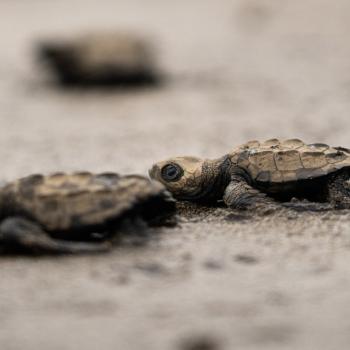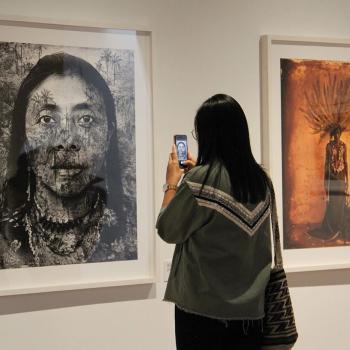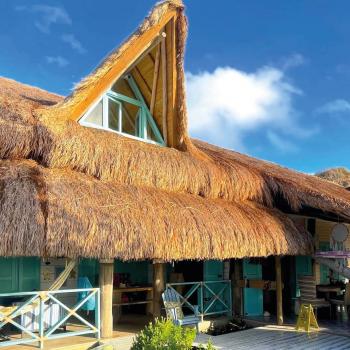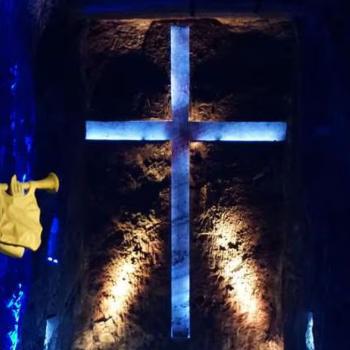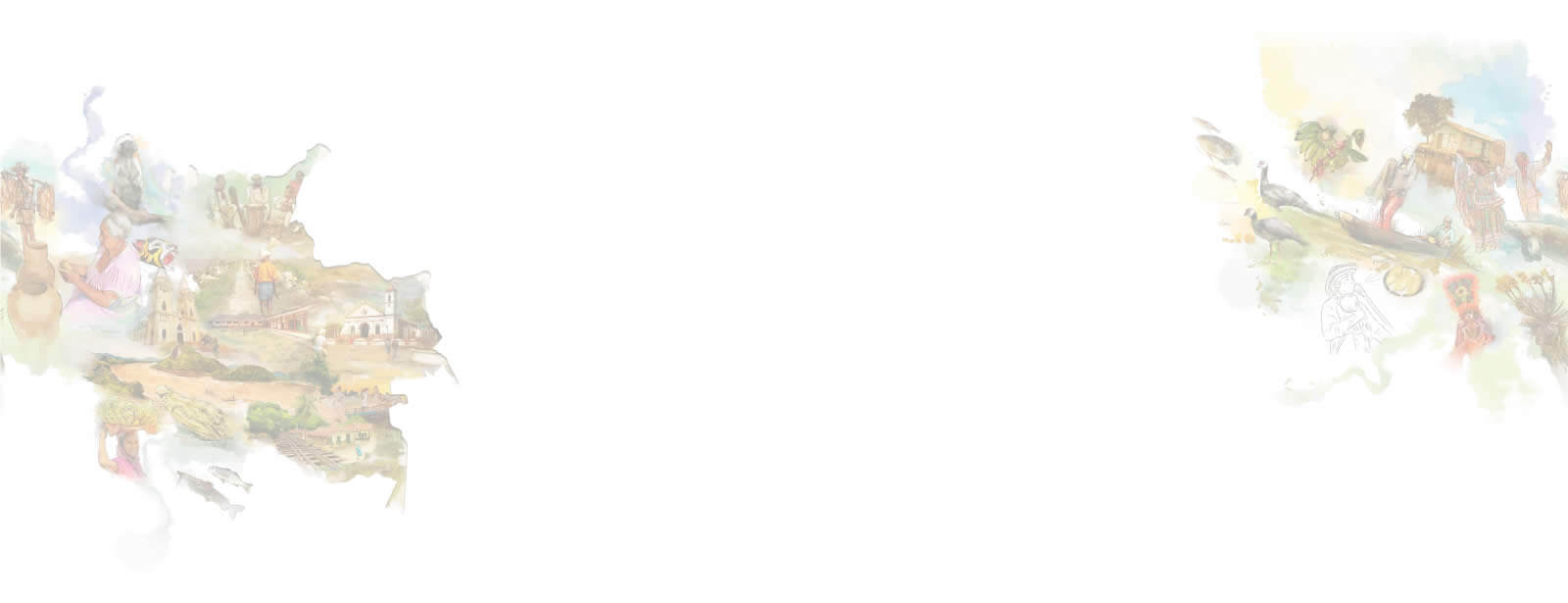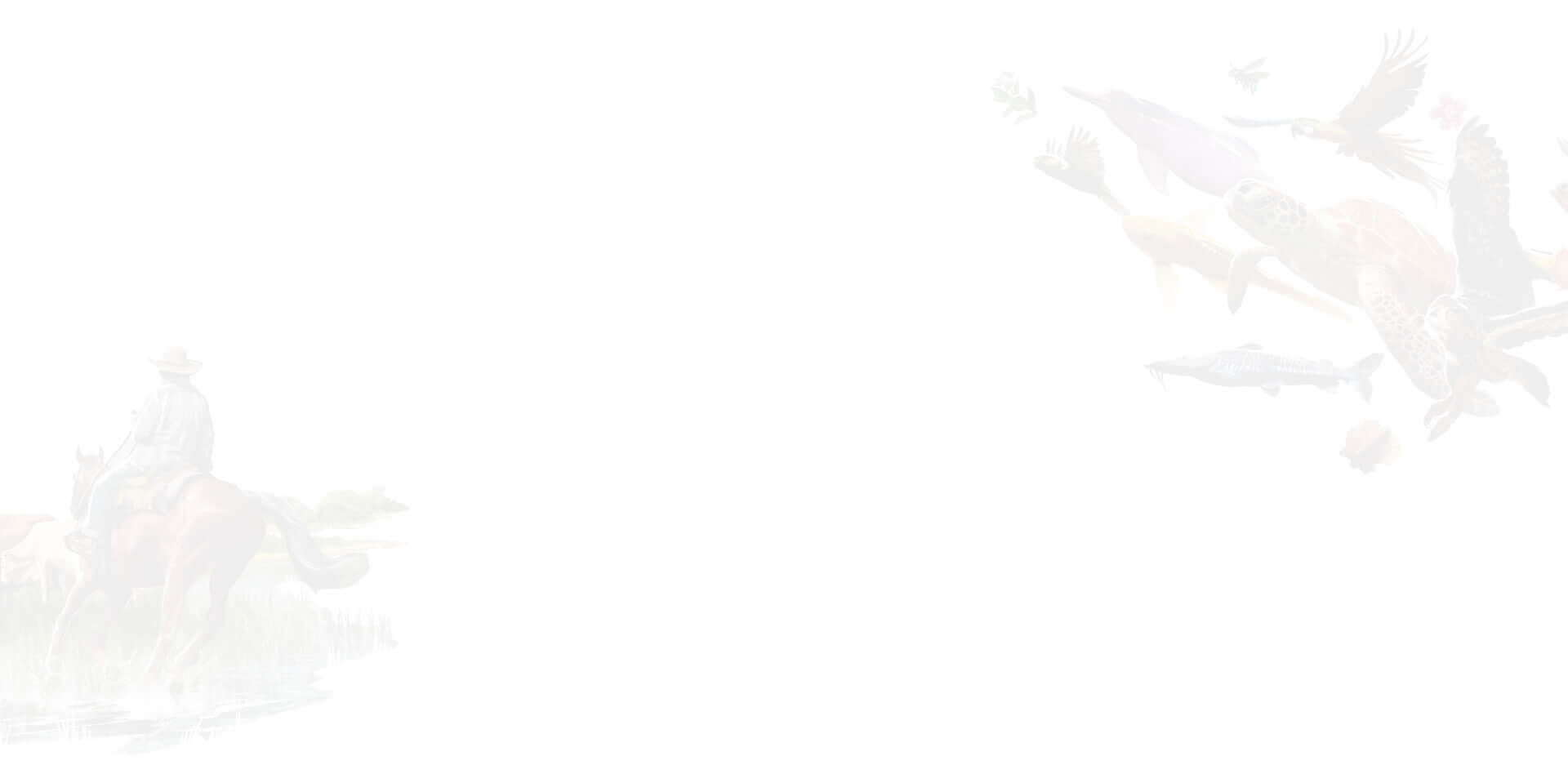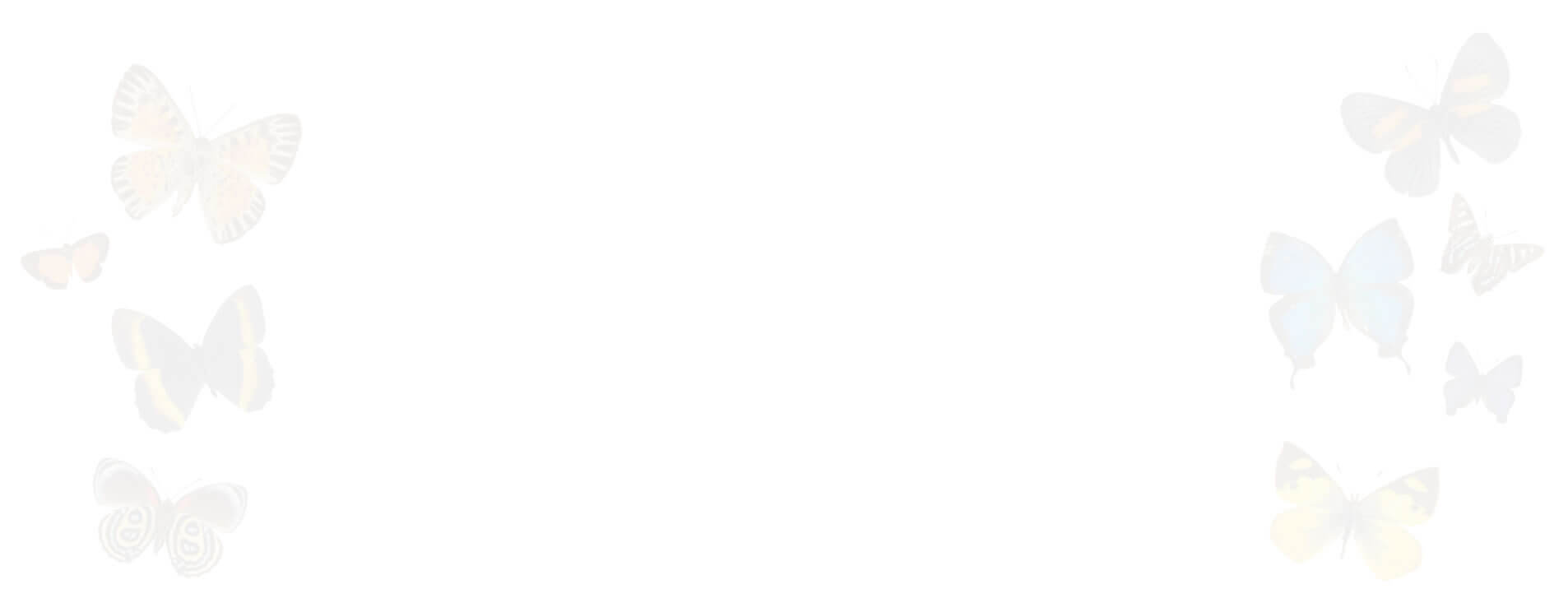An interesting ecotourism adventure is rafting down a river on a raft made of guadua. (The guadua is a thick bamboo cane very common in Colombia.) Become acquainted with this interesting tourism and adventure option in the center of the country, near the boundary of the Coffee Region with the department of Valle del Cauca.
This is where nature lovers can come into direct contact with water, since the region offers the excellent nature and adventure tourism option of river rafting.
The rafts, or (champalas (as the Indians used to call them), are the traditional means of transportation once used by the Quimbaya Indians who inhabited the area before the Spanish Conquest. They used them for transporting people and food.
The Name of the River
Legend tells us that many years ago there was a beautiful Indian queen by the name of Guacamarintia. The Indians used to flatter her and give her objects made of gold: armbands, necklaces, ear lugs, and ribbons, totaling in weight 800 castellanos (1 castellano equals 8.6 grams)
One day, a group of Spanish men stole her belongings and threw the body of the woman into the river. In great pain, the Indians asked nearby tribes for assistance in building rafts to navigate the river in her search. After several days, her wrinkled body was found in a site called Piedras de Moler. They named the river “the river of our old woman”. In Spanish, it is known today as “Río de la Vieja”.
Tour of La Vieja River
The tour begins at Puerto Alejandría, in Quimbaya (Coffee Region), where one arrives from Armenia in the famous 4-wheel drive vehicle used to transport coffee, the Willys Jeep. Tourists navigate about twelve kilometers down the river – about five hours. The tour ends at Piedras de Moler, between Alcalá and Cartago (northern part of the department of Valle del Cauca).
The region’s flora may be observed along the entire route, especially trees like caracolíes (Anacardium), laurels, guamos (Crudia), ceibas (Bombacopsis), cauchos (Ficus), etc. White, blue, and black herons, hawks, parrots, ant-eaters, tigers, armadillos, panthers, and boas stand out among the fauna.
It is also possible to raft at night under the light of the stars and a full moon while listening to the songs of crickets and cicadas. Sometimes the guides invite musicians and story-tellers, depending on the interest of the particular passengers. However, they may prefer to travel in silence listening to the sounds of nature and relaxing in the river atmosphere.

La Vieja River
Photo by: Mario Carvajal
Rafting on La Vieja River guarantees a lovely afternoon amid the sun, the water, and the intense green of nature.
A raft is an excellent means of transportation for the relatively slow flow of the river. Some parts of the river have depths of eight to ten meters; others range between one and five meters. Still others may have depths of forty meters. In several places, the boga (the oarsman and guide) lets tourists swim in the rapids and whirlpools reminding them always that they must wear life vests.
Rafting is not only a recreational and adventure activity, but also a way to discover and explore the river.
The Rafts
The rafts of La Vieja River are a very safe means of transportation. They are made from guadua and reinforced by a pipe on each side. Passengers sit on wooden benches.
The safety of the raft is also guaranteed by the boga, who is always someone who knows the river perfectly – its currents, rocks, and shallow and deep parts – and steers the raft with a guadua cane several meters long.
Each raft is constructed with 17 guadua canes (depending on the number of people, canes are added or removed) and is 9 meters long and 2.5 meters wide. Maximum capacity is 12 to 15 people.
Lunch
The traditional fiambre -a light lunch - consists of rice, cassava, boiled potatoes, and chicken thighs, wrapped in congo and banana leaves to impart a special taste.
Practical Information
- The price includes land travel by Willys Jeep from Armenia to Quimbaya, life vest, insurance, guide, and a light lunch.
- Passengers must be at least four years old.
- Please remember to wear light clothing and take swimwear, a water-proof jacket, water shoes, and a change of clothes for the end of the trip.
- Sun block, dark glasses, hats, caps, and extra clothes are also recommended.







